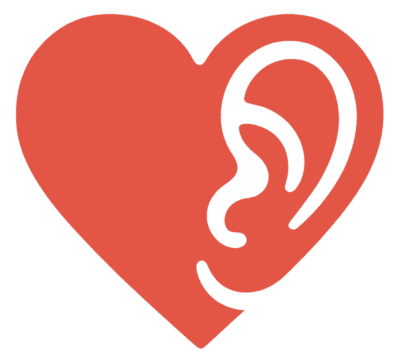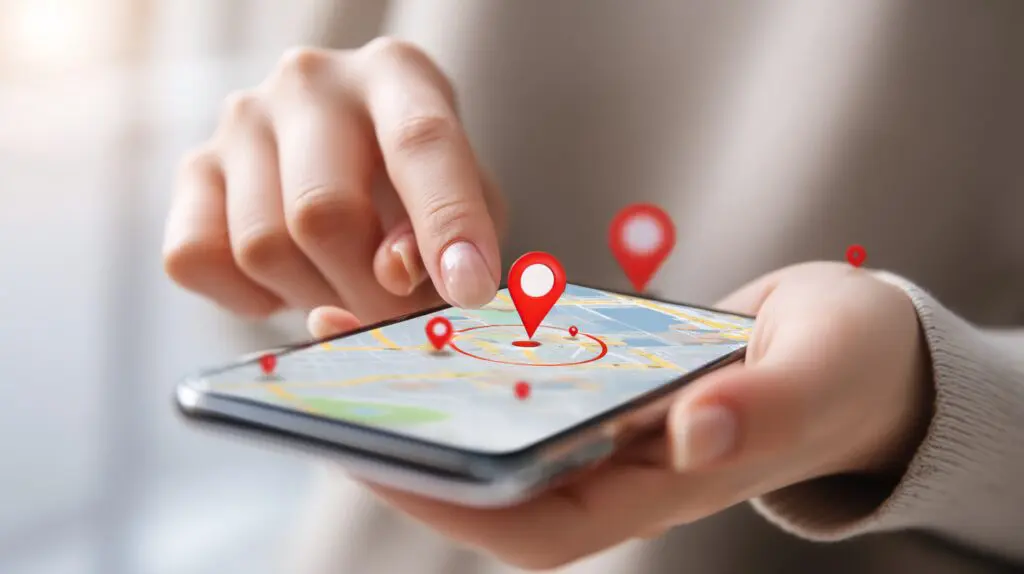Ah, the distance setting on dating apps. That little slider or number field that seems so straightforward, but holds so much power over your potential dating pool. Set it too narrow, and you might miss out. Set it too wide, and you’re scrolling through people you’d need a flight Cto meet (okay, maybe not that bad, but you get it). For women navigating the app world, figuring out the “sweet spot” involves balancing convenience, safety, dating goals, and sometimes, just plain sanity. It’s not just about miles; it’s about mindset and managing expectations. So, let’s dive into 34 Smart Distance Settings Strategies for Women on Apps – because how far you’re willing to go (literally) says a lot.
Why Obsess Over a Simple Slider?
Before we get into the nitty-gritty, why does this setting cause so much contemplation? Because it directly impacts:
- Your Potential Matches: It literally defines who you even get to see.
- Logistics: Can you actually meet up easily, or is every date a planned expedition?
- Safety & Comfort: Sticking to familiar areas or avoiding specific zones.
- Managing Overwhelm: Controlling the sheer volume of profiles you encounter.
The Distance Decoder: Strategies & Approaches
There’s no one-size-fits-all answer, so women often employ a mix of these tactics, sometimes without even consciously labeling them!
Playing with the Radius:
- The Hyperlocal: Setting it super tight (say, 1-3 miles). Great for convenience, potential spontaneous meetups, maybe bumping into matches locally. Can feel limiting, though.
- The Neighborhood Comfort Zone: Expanding slightly (5-10 miles). Covers familiar territory, usually means reasonable travel time for dates. A common starting point.
- The City Explorer: Pushing it out (10-25 miles). Opens you up to more diverse areas within your city or metro area. Requires more travel planning.
- The Suburban Scanner: Reaching further (25-50 miles). If you live in the suburbs or want to include nearby towns. Significantly increases the pool, but also potential commute times. I tried this once and the sheer volume was… a lot.
- Casting the Wide Net: Going 50+ miles or even “Anywhere.” Best if you’re genuinely open to longer distance, travel frequently, or live in a very sparsely populated area.
Adjusting on the Fly:
- The Commute Calculation: Setting distance based on realistic travel time, not just miles (10 miles in rush hour is different!).
- Work vs. Home Base: Switching your set location or radius depending on whether you’re swiping from work, home, or while out and about.
- Weekend Expansion Pack: Increasing the distance on weekends when you might have more time and willingness to travel for a date.
- Overwhelm Overload? Shrink It!: Feeling swamped with matches? Temporarily narrowing the distance can make things feel more manageable.
- Niche App, Wider Search: Using a broader distance for apps catering to very specific interests (e.g., vegan dating, specific hobbies) where the user base is smaller.
- Starting Small, Growing Slow: Beginning with a narrow radius and gradually increasing it if you’re not finding matches that resonate.
- Broad Scan, Narrow Focus: Setting it wide initially to see the overall landscape, then tightening it later once you have a feel for different areas/profiles.
Getting Strategic:
- Public Transport Mapping: Considering distance along convenient train or bus lines, rather than just raw miles as the crow flies.
- Vibe Check Neighborhoods: Prioritizing distance settings that include neighborhoods you actually enjoy spending time in or feel align with your lifestyle.
- Setting from Work (Privacy Play): Using your work address as the central point if you want to keep your home neighborhood more private.
- The Ex-clusion Zone: Deliberately setting the distance to avoid the area where an ex, annoying colleague, or relative lives. Digital dodging!
- The Privacy Buffer: Setting your location slightly off from your actual home address within the app if possible, adding a small buffer.
- Targeting Specific Hubs: Setting distance around areas known for certain industries, universities, or demographics if that aligns with your preferences.
- Traffic Time Realism: Mentally adding a “traffic tax” to the distance shown, especially in congested areas. Be honest with yourself about what’s feasible.
- Dating Destination Mindset: Focusing the radius on where you want to go on dates, not just centered perfectly on your home.
- Using “Travel Mode” Features: If an app offers a “passport” or “travel mode” (like Tinder or Bumble Premium), using it to check out the scene in a city you plan to visit before you go. Research!

Privacy & Safety Considerations:
- Starting Narrow for Comfort: Especially if new to an area or app, keeping the distance small initially can feel safer.
- Layering with Privacy Settings: Using distance controls alongside private profiles, careful photo selection, etc.
- Understanding App Precision: Realizing some apps are more exact with location than others (some intentionally fuzz it slightly).
- Turning Off Location Services: Remembering to disable location access for the app at the OS level when you’re not actively using it, for peace of mind.
Mindset & Goals:
- Aligning with Relationship Goals: Serious search? Maybe be more flexible on distance for the right person. Casual? Convenience might rank higher.
- Managing Expectations: Acknowledging that a narrower distance means fewer potential matches, but maybe more logistically feasible ones.
- Embracing Experimentation: Trying different settings! What feels right one week might change the next. It’s okay to adjust. I swear I change mine constantly.
- Remembering Miles Aren’t Everything: Compatibility, kindness, humor… these matter way more than being 5 vs. 15 miles away. Don’t filter out someone amazing just based on distance if it’s reasonably manageable.
- Distance as One Tool: Using it as one filter among many (age, intentions, lifestyle), not the sole determining factor.
- Being Upfront in Profile/Chat: Mentioning your general location or openness (or lack thereof) to travel can save time later.
- The Pre-Chat Distance Check: Glancing at the distance before you spend ages crafting the perfect opening message. Saves potential disappointment!
- Considering the “Effort Factor”: Honestly assessing if both people are likely willing to make the travel effort required by the distance.
- Not Letting it Drive You Crazy: Realizing it’s just one setting in a very complex human endeavor!
Finding Your Own Sweet Spot (It’s Mostly Guesswork!)
So, what’s the magic number? Ten miles? Twenty-seven? Honestly, there isn’t one. The “perfect” distance setting is deeply personal and often found through trial, error, and maybe a few dates that involved way more travel time than anticipated.
It also depends entirely on where you live – 10 miles in rural Wyoming is vastly different from 10 miles in Manhattan. It’s kind of wild how much thought can go into optimizing this one little setting, isn’t it?
Conclusion for Smart Distance Settings Strategies for Women on Apps
That distance filter is more than just a logistical tool; it’s a reflection of priorities, boundaries, and dating intentions. The 34 Smart Distance Settings Strategies for Women on Apps show the variety of ways women try to make geography work for them, not against them, in the quest for connection. Whether you cast a wide net or keep it hyperlocal, the key is finding a setting that feels right for you right now, balancing the practicalities with the possibility of finding someone great, no matter how many miles away they start.
Frequently Asked Questions
How do I find the right distance setting for me?
Finding the right setting is a personal process involving trial and error, considering lifestyle, safety, goals, and location, with the understanding that what works for someone else may not be ideal for you.
How can I ensure my safety and privacy while adjusting my distance settings?
Starting with a narrow radius can enhance safety, combining it with privacy features like private profiles, turning off location services when not in use, and using app-specific privacy tools to control visibility.
What are some effective strategies for setting the distance on dating apps?
Women can start with a hyperlocal radius for convenience, expand gradually to explore more options, set distances based on realistic travel time, or adjust according to their plans and safety considerations.
How does adjusting the radius affect my potential matches and dating logistics?
Increasing or decreasing the radius changes the number and diversity of potential matches, as well as the travel time and practicality of meeting in person, allowing women to balance convenience and opportunity.
Why is the distance setting on dating apps so important for women?
The distance setting influences the pool of potential matches, the logistics of meeting up, safety, comfort, and the manageability of the dating experience, making it a crucial factor for women to consider.



